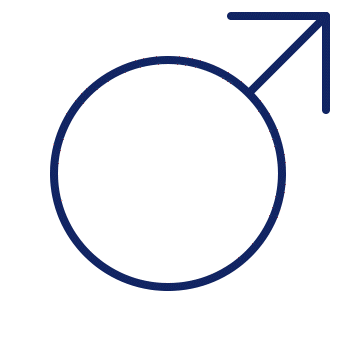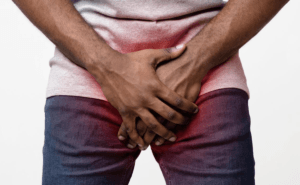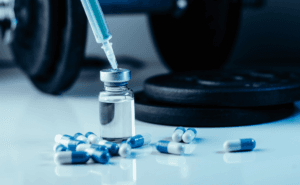Apabila orang mencari jawapan untuk persoalan “Adakah Sunat Itu Menyakitkan?”, kebanyakannya membayangkan perkara yang menakutkan: pisau bedah, jahitan dan sakit berpanjangan selama berminggu-minggu. Hakikatnya kesakitan selepas berkhatan atau sunat seringkali adalah minimum, khususnya dengan teknik moden yang digunakan di klinik-klinik bertauliah di Malaysia. Sama ada anda mempertimbangkan untuk diri sendiri atau untuk anak anda, mengetahui apa yang bakal berlaku sebelum, semasa dan selepas prosedur sunat boleh membantu menenangkan perasaan anda.
Di He Medical Clinic, kami menyediakan sunat dewasa dan sunat kanak-kanak Semua perkhidmatan ini dijalankan dengan kaedah yang mengutamakan keselesaan, kebersihan dan pemulihan yang pantas. Dengan adanya anestetik, serta peralatan moden seperti cincin Plastibell dan stapler ZSR, kebanyakan pesakit hanya merasa sedikit tekanan atau ketidakselesaan ringan , tetapi bukan kesakitan yang melampau.
Mari kita jelaskan fakta sebenar dan membetulkan salah tanggapan tentang prosedur dan pembedahan sunat di Malaysia.
Sunat Tradisional vs Sunat Moden di Malaysia
Sunat di Malaysia telah melalui banyak perubahan sejak kaedah lama yang biasa diamalkan dahulu. Kini, ibu bapa dan pesakit dewasa mempunyai akses kepada prosedur yang lebih selamat, lebih bersih, dan jauh kurang menyakitkan, hasil daripada inovasi dalam teknologi perubatan dan penjagaan selepas rawatan.
Sunat Tradisional
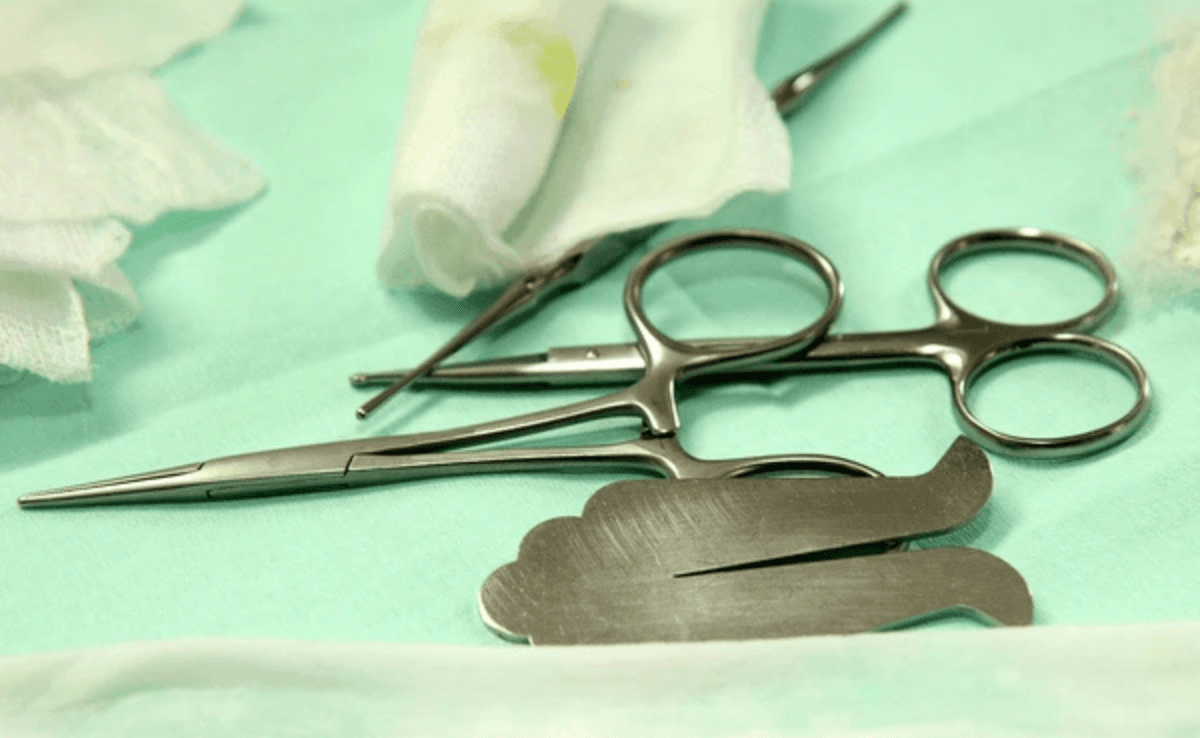
Secara tradisional, prosedur sunat dijalankan secara manual menggunakan pisau bedah (scalpel) untuk membuang kulit kulup. Kaedah ini berkesan, tetapi biasanya memerlukan jahitan dan masa pemulihan yang lebih lama. Ia juga boleh menyebabkan ketidakselesaan selepas pembedahan, terutama jika kebersihan tidak dijaga dengan baik semasa proses penyembuhan.
Di kawasan luar bandar atau dalam kalangan generasi terdahulu, kaedah ini masih digunakan. Namun, kebanyakan klinik di bandar-bandar besar Malaysia kini telah beralih kepada teknik yang lebih moden dan mesra pesakit.
Kaedah Sunat Moden di Malaysia
Kaedah sunat moden menggunakan peranti perubatan yang diluluskan secara klinikal, yang direka khas untuk mengurangkan pendarahan, mengawal kesakitan, dan mempercepat proses pemulihan. Antara kaedah popular termasuk:
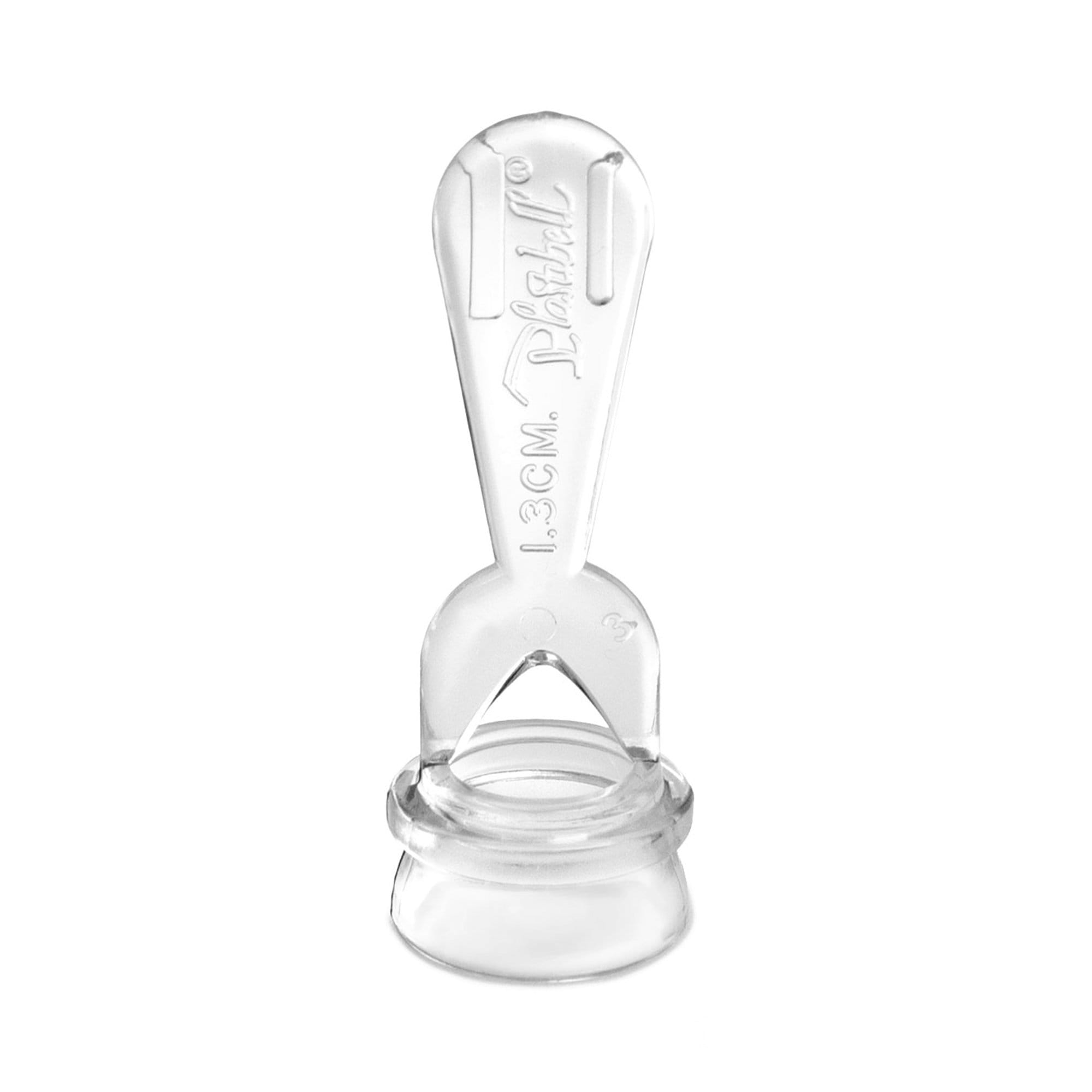
- Cincin Plastibell (biasa untuk bayi dan kanak-kanak lelaki): Sebuah cincin kecil diletakkan pada kulit kulup, dan ia akan tertanggal sendiri selepas beberapa hari. Kaedah ini tidak memerlukan jahitan langsung.
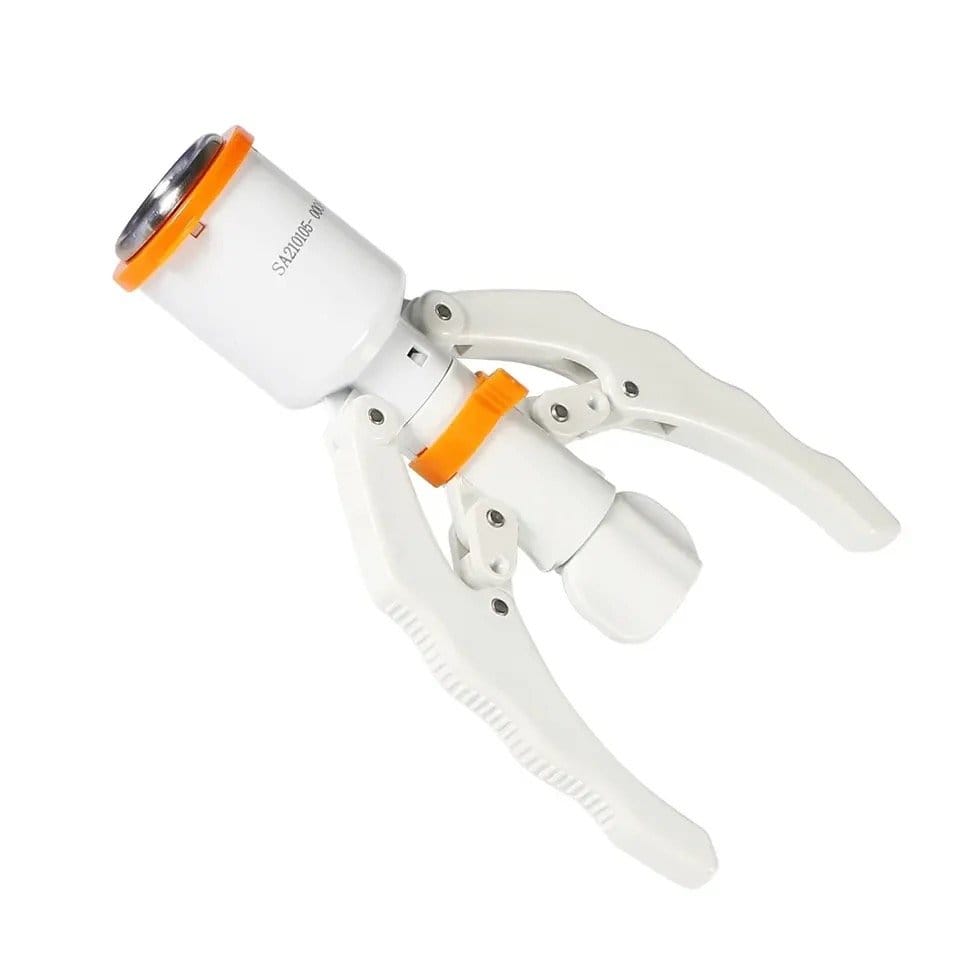
- Kaedah ZSR Stapler (biasa untuk lelaki dewasa): Sebuah alat khas digunakan untuk memotong dan menutup luka secara serentak menggunakan klip (staple). Hasilnya ialah pembedahan yang cepat, pendarahan minimum dan masa rehat yang singkat.
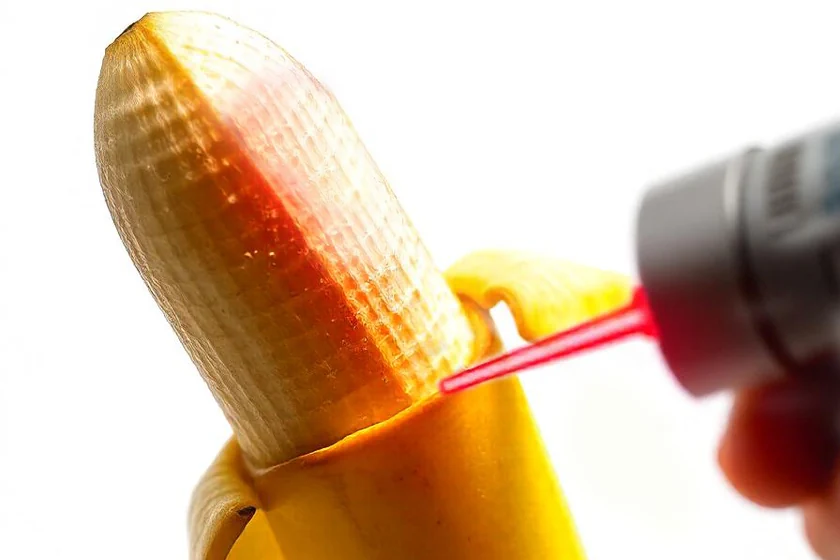
- Sunat Laser: Walaupun dinamakan “laser”, kaedah ini sebenarnya menggunakan teknik elektrosurgikal, bukan cahaya laser sebenar. Ia berfungsi untuk mengurangkan trauma pada tisu dan bengkak selepas pembedahan.
Kaedah Sunat Mana Yang Paling Menyakitkan?
Tahap kesakitan semasa atau selepas bersunat bergantung kepada teknik yang digunakan. He Medical Clinic, kami menawarkan pelbagai kaedah sunat yang disesuaikan mengikut umur, keperluan perubatan, dan pilihan individu. Setiap kaedah mempunyai tahap keselesaan, tempoh pemulihan dan hasil kosmetik yang berbeza.
Mari kita lihat kaedah-kaedah sunat yang biasa digunakan dan bandingkan dari segi kesakitan serta pemulihan.
Sunat ZSR Stapler
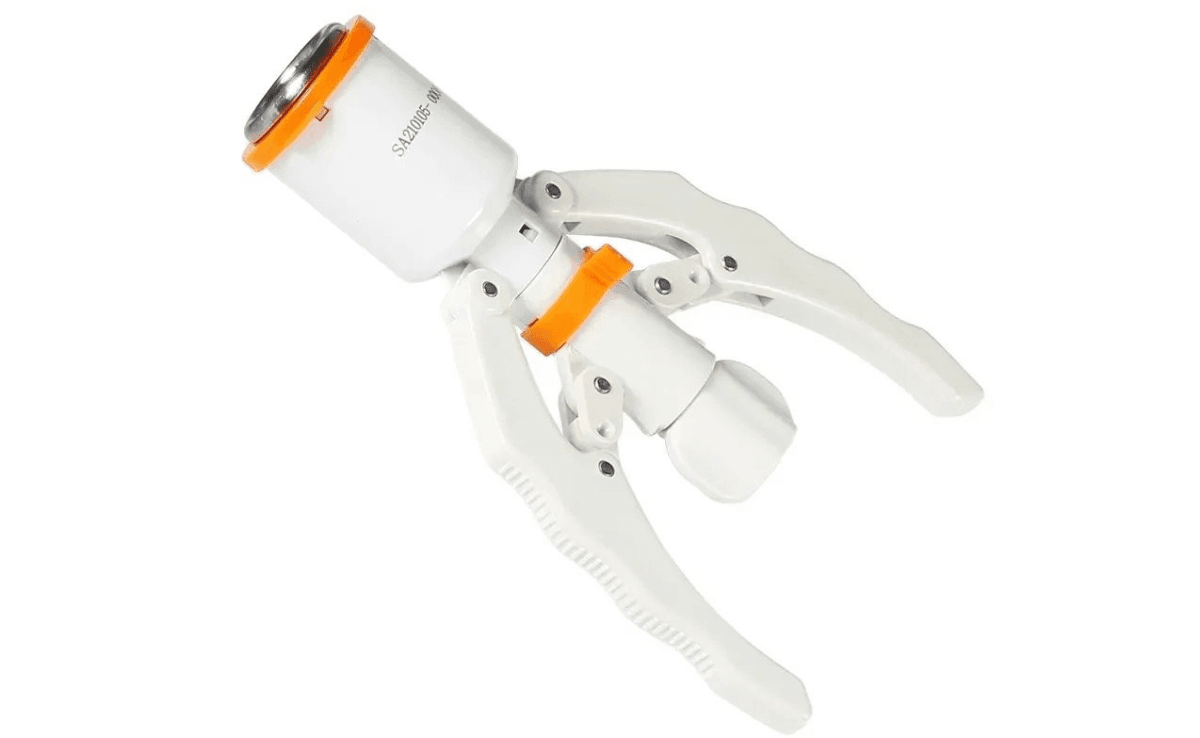
Kaedah ZSR kini menjadi antara pilihan utama bagi sunat dewasa di Malaysia kerana ia kurang menyakitkan, cepat sembuh dan hasil kosmetik yang kemas.
- Bagaimana Ia Berfungsi: Alat stapler pakai buang digunakan untuk memotong dan menutup luka dalam satu langkah tanpa memerlukan jahitan. Ini mengurangkan trauma pada tisu dan risiko pendarahan.
- Tahap Sakit: Minimum. Bius setempat diberikan sebelum prosedur, dan reka bentuk stapler membantu mengelakkan pendedahan saraf yang menyebabkan kesakitan.
- Pemulihan: Dalam tempoh singkat.. Kebanyakan pesakit boleh melakukan aktiviti ringan dalam masa 2–3 hari, dan cincin stapler akan tertanggal sendiri dalam tempoh kira-kira seminggu.
Kaedah ini amat sesuai bagi lelaki yang risau tentang kesakitan atau masa rehat yang panjang.
Sunat Laser

Sunat laser adalah pilihan moden lain yang terkenal, terutamanya di klinik estetik atau perubatan swasta.
- Bagaimana Ia Berfungsi: Sinaran laser digunakan untuk membuang kulit kulup dengan tepat dan pada masa sama menutup salur darah, menjadikan pendarahan sangat minimum dan tidak memerlukan jahitan tradisional.
- Tahap Sakit: Rendah ke sederhana. Prosedur biasanya tidak menyakitkan dengan bius, tetapi sesetengah pesakit melaporkan rasa terbakar ringan atau sensasi menyucuk pada fasa awal penyembuhan.
- Pemulihan: Luka yang bersih sembuh dengan cepat, selalunya dalam 7–10 hari. Parut juga minimal dan risiko jangkitan adalah rendah.
Kaedah ini sesuai untuk lelaki yang mahukan hasil yang lebih kemas dan parut yang kurang kelihatan. Namun, kosnya mungkin lebih tinggi sedikit.
Dorsal Slit / Kaedah Tradisional

Kaedah tradisional ini masih digunakan di sesetengah klinik dan kawasan luar bandar.
- Bagaimana Ia Berfungsi: Kulit kulup dipotong secara manual menggunakan pisau bedah, dan luka dijahit menggunakan benang boleh larut.
- Tahap Sakit: Sederhana. Walaupun bius diberikan, kesakitan selepas pembedahan lebih dirasai kerana kehadiran jahitan dan tepi luka yang terbuka.
- Pemulihan: Ia boleh mengambil masa hingga 3 minggu. Jahitan kadang-kala menyebabkan iritasi dan risiko jangkitan sedikit lebih tinggi jika kebersihan tidak dijaga dengan baik.
Walaupun masih berkesan, kaedah ini kurang digemari di klinik moden kerana keperluan penjagaan selepas pembedahan yang lebih rumit.
Adakah Tahap Kesakitan Sunat Berbeza Bagi Setiap Individu?
Ya, tahap kesakitan semasa dan selepas bersunat berbeza-beza antara individu. Walaupun teknik moden seperti cincin Plastibell dan Sunat ZSR Stapler direka untuk mengurangkan ketidakselesaan, pengalaman sebenar seseorang bergantung kepada beberapa faktor seperti tahap sensitiviti, umur, teknik yang digunakan, serta keadaan kesihatan sedia ada.
Umur Memberi Kesan Terhadap Tahap Kesakitan & Pemulihan
 Kanak-kanak, khususnya bayi dan kanak-kanak lelaki, biasanya mengalami sakit yang lebih ringan dan penyembuhan yang lebih cepat. Ini kerana Saraf mereka belum berkembang sepenuhnya, Kulit lebih nipis dan mudah pulih, Aktiviti fizikal mereka lebih terhad selepas pembedahan
. Sebaliknya, lelaki dewasa mungkin mengalami lebih banyak ketidakselesaan kerana:
Kanak-kanak, khususnya bayi dan kanak-kanak lelaki, biasanya mengalami sakit yang lebih ringan dan penyembuhan yang lebih cepat. Ini kerana Saraf mereka belum berkembang sepenuhnya, Kulit lebih nipis dan mudah pulih, Aktiviti fizikal mereka lebih terhad selepas pembedahan
. Sebaliknya, lelaki dewasa mungkin mengalami lebih banyak ketidakselesaan kerana:
- Kulit lebih tebal dan sensitif
- Aktiviti harian seperti berjalan, duduk, atau bekerja boleh menyebabkan geseran
- Proses penyembuhan sunat dewasa biasanya lebih panjang, bergantung kepada teknik dan gaya hidup
Keadaan Kesihatan Sedia Ada Juga Memberi Kesan
Bagi lelaki yang mempunyai masalah seperti phimosis (kulup sempit), , balanitis (keradangan kepala zakar), atau jangkitan berulang, sunat boleh memberikan kelegaan jangka panjang.
Dalam situasi ini, rasa tidak selesa selepas pembedahan selalunya dianggap kecil berbanding manfaat kesihatan jangka panjang.
Tahap Kesakitan Berbeza Bagi Setiap Individu
Sama seperti prosedur kecil lain, kesakitan adalah subjektif. Sesetengah lelaki mampu kembali bekerja keesokan hari, manakala ada sesethengah yang lain memerlukan beberapa hari rehat untuk rasa lebih selesa. Faktor psikologi seperti kerisauan atau ketakutan juga boleh memperbesar persepsi terhadap kesakitan. He Medical Clinic doktor kami berpengalaman dalam memahami dan menangani kebimbangan ini dengan memberi penjelasan, sokongan emosi, dan penjagaan selepas pembedahan yang menyeluruh.
Sejauh Manakah Sakit Sunat Untuk Orang Dewasa?
Sunat dewasa sememangnya menimbulkan lebih banyak persoalan berkaitan kesakitan berbanding sunat kanak-kanak. Ini kerana orang dewasa lebih sedar tentang prosedur pembedahan, mempunyai sistem saraf yang sudah berkembang sepenuhnya, dan memerlukan pendekatan yang sedikit berbeza dari segi teknik serta pemulihan. Namun begitu, mari kita perincikan secara jujur dan telus tentang tahap kesakitan yang biasanya jauh lebih ringan daripada apa yang dibayangkan.
Garis Masa Kesakitan Selepas Pembedahan
Mengetahui apa yang bakal anda rasai selepas sunat dan berapa lama ia akan berlangsung dapat membantu anda bersedia dari segi fizikal dan mental. Berikut adalah gambaran umum yang biasa dialami oleh pesakit sunat dewasa di Malaysia:
Hari 1–3: Sakit dan Bengkak Ringan
Sebaik sahaja kesan bius mula hilang, anda mungkin akan merasa denyutan atau rasa lenguh di kawasan pembedahan. Zakar anda mungkin kelihatan bengkak atau lebam sedikit. Duduk, berjalan, atau bergerak boleh menyebabkan sedikit ketidakselesaan.
- Tip: Elakkan memakai seluar dalam yang ketat dan pastikan kawasan itu kekal kering. Pakaian yang longgar dan boleh bernafas, membantu mengurangkan geseran serta kesakitan.
Hari 4–7: Gatal & Proses Penyembuhan Bermula
Apabila luka mula menutup, rasa gatal biasanya menggantikan rasa sakit. Ini adalah tanda bahawa penyembuhan sedang berlaku. Jika benang boleh larut digunakan, ia akan mula tanggal secara semula jadi. Sesetengah lelaki juga mungkin mengalami sedikit rasa pedih semasa membuang air kecil.
- Tip: Jangan garu atau sentuh kawasan luka. Kebersihan yang baik sangat penting untuk elak jangkitan dan mempercepatkan penyembuhan.
Minggu Kedua: Kembali ke Aktiviti Biasa
Menjelang minggu kedua, kebanyakan rasa sakit telah hilang. Ramai lelaki boleh kembali bekerja, berjalan dengan selesa, dan mula bersenam ringan (tanpa aktiviti berat yang melibatkan bahagian bawah badan).
- Tip: Elakkan hubungan seksual atau onani sehingga mendapat lampu hijau daripada doktor, bagi mengelakkan koyakan atau penyembuhan yang terganggu.
Yang paling penting, ikuti semua arahan selepas pembedahan yang diberikan oleh klinik. He Medical Clinic, doktor kami menyediakan panduan penjagaan yang lengkap bagi memastikan proses pemulihan berjalan dengan lancar, cepat, dan tanpa rasa sakit yang keterlaluan.
Soalan Lazim Mengenai Kesakitan Sunat
Secara umumnya, kesakitannya hanya dirasai dalam tempoh beberapa hari pertama. Bagi kanak-kanak, ketidakselesaan biasanya hilang dalam masa 3 hingga 5 hari. Manakala bagi orang dewasa, penyembuhan sunat dewasa mungkin mengambil masa sehingga 1 hingga 2 minggu, bergantung pada kaedah yang digunakan dan sejauh mana pesakit mematuhi arahan penjagaan selepas pembedahan.
Secara umumnya, ya. Orang dewasa mempunyai saraf yang lebih sensitif dan tempoh penyembuhan yang lebih lama berbanding kanak-kanak. Namun begitu, prosedur sunat dewasa di Malaysia hari ini dijalankan dengan bius setempat dan ubat tahan sakit yang berkesan, menjadikan pengalaman ini lebih kepada rasa tidak selesa berbanding menyakitkan secara keterlaluan.
Kebanyakan prosedur sunat di Malaysia sembuh tanpa sebarang komplikasi. Namun, antara tanda-tanda masalah yang perlu diberi perhatian seperti pendarahan yang banyak selepas beberapa hari, kesakitan yang semakin teruk, pengeluaran nanah atau bau busuk dari kawasan luka, demam atau badan menggigil, atau luka terbuka atau tidak sembuh.Jika anda mengalami mana-mana gejala ini, segera hubungi doktor. Dalam kes yang jarang berlaku, kulit khatan mungkin dibuang secara tidak sekata atau parut yang tidak cantik boleh berlaku, namun ini boleh dirawat dengan prosedur susulan.
Tidak. Sebaik sahaja kulit khatan dibuang secara pembedahan, ia tidak akan tumbuh semula secara semula jadi. Terdapat sesetengah lelaki yang cuba menjalani “restorasi kulup” melalui teknik regangan kulit dalam jangka masa panjang, tetapi ia hanya menghasilkan lebihan kulit, bukan menggantikan fungsi atau struktur asal kulit khatan.
Dalam satu hingga dua hari pertama selepas prosedur, anda mungkin mengalami sedikit rasa pedih atau menyucuk semasa membuang air kecil. Ini akan beransur reda apabila luka mula sembuh. Minum air secukupnya dapat membantu mencairkan air kencing dan mengurangkan iritasi. Tepuk kawasan dengan lembut untuk mengeringkannya selepas membuang air.
Kanak-kanak biasanya boleh berjalan seperti biasa seawal hari yang sama atau keesokan harinya. Bagi orang dewasa, rehat selama 2–3 hari adalah digalakkan, bergantung kepada tahap keselesaan. Elakkan aktiviti berat, mengangkat beban atau menunggang basikal sekurang-kurangnya selama 1–2 minggu.
Antara ubat yang biasa diberikan oleh doktor termasuk:
- Paracetamol (Panadol) – untuk melegakan kessakitan ringan hingga tahap sederhana
- Ibuprofen (Nurofen) – untuk mengurangkan kesakitan dan radang
- Ubat tahan sakit kuat (untuk orang dewasa) atau Krim kebas untuk kanak-kanak
Ubat tahan sakit kuat mungkin diberikan kepada orang dewasa yang menjalani sunat konvensional atau yang mengalami ketidakselesaan lebih tinggi.
Kesimpulan – Jangan Biarkan Ketakutan Menghalang Anda
Rasa gementar sebelum bersunat adalah normal, terutamanya bagi lelaki dewasa. Namun, dengan kaedah moden seperti Plastibell (untuk kanak-kanak) dan ZSR stapler (untuk dewasa) , prosedur kini lebih selamat, bersih dan hampir tanpa rasa sakit. Kesakitan, jika ada, hanya ringan dan sementara. Sebaliknya, manfaat seperti kebersihan lebih baik dan risiko jangkitan lebih rendah jauh mengatasi ketidakselesaan selepas prosedur.
Di He Medical Clinic, kami menawarkan kaedah mesra kanak-kanak, pilihan moden untuk dewasa dan konsultasi peribadi di seluruh Malaysia. Dengan pemulihan pantas dan penjagaan rapi selepas rawatan, kami pastikan pengalaman anda mudah dan selesa. Tempah sesi konsultasi anda hari ini dan dapatkan rawatan pakar dengan rasa sakit yang minimum serta masa pemulihan yang singkat
